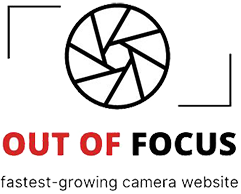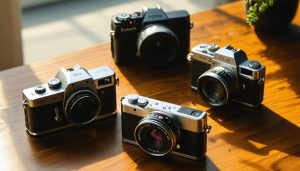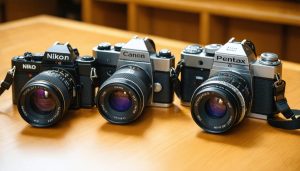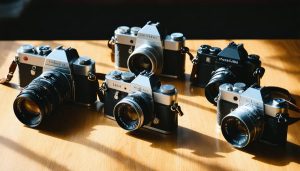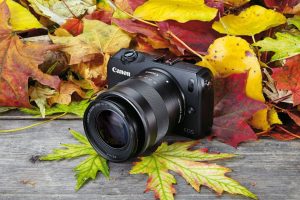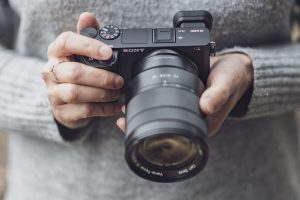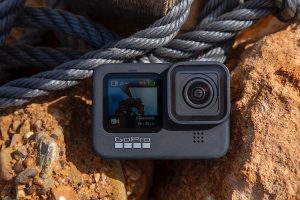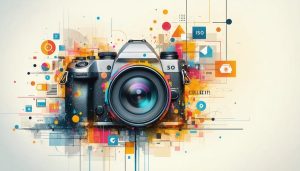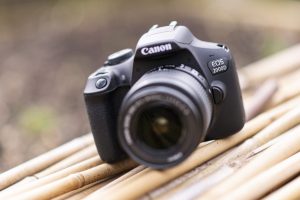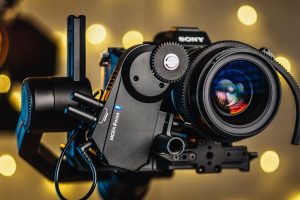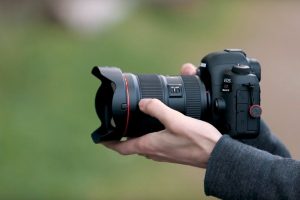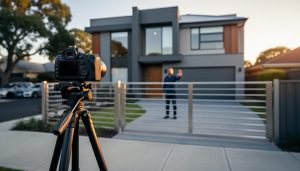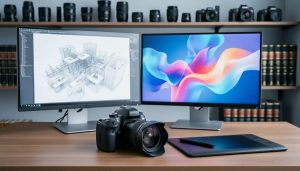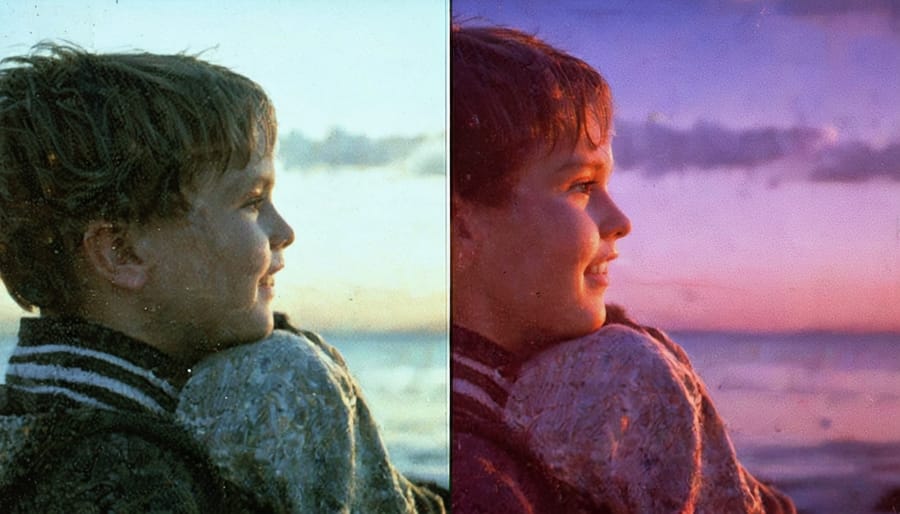
The grainy textures, muted colors, and distinctive tracking lines of vintage camcorders have sparked a revival of vintage formats in modern digital filmmaking. Beyond mere nostalgia, this aesthetic captures a raw authenticity that polished digital footage often lacks. From music videos to independent films, creators are deliberately embracing the imperfect charm of VHS and Hi8 formats to evoke emotional responses that pristine 4K simply cannot match. The look speaks to our collective memory of home movies and late-night TV, while simultaneously offering modern artists a powerful tool for storytelling. Whether achieved through genuine vintage hardware or digital emulation, the camcorder aesthetic represents a fascinating intersection of technical limitations and creative expression, proving that sometimes, imperfection tells a more compelling story than perfection.
The Unique Charm of Vintage Camcorder Aesthetics
Visual Characteristics
The vintage camcorder aesthetic is instantly recognizable through its distinctive visual characteristics. The most prominent feature is the grainy texture, created by the analog recording process of VHS tapes, which adds a soft, organic quality to footage. This grain pattern differs from digital noise, appearing more random and film-like in nature.
Color reproduction in vintage camcorder footage is uniquely saturated, often with slightly shifted hues that lean towards warmer tones. Reds and oranges tend to bloom, while blues and greens can appear slightly muted, creating a nostalgic color palette that’s become synonymous with the 1980s and 1990s.
Tracking lines – those horizontal distortion bands that appear when playback isn’t perfectly aligned – have become a cherished characteristic of the aesthetic. These imperfections, along with occasional signal dropouts and color bleeding, create an authentic time-worn feel that digital filters often try to replicate.
The format’s lower resolution and softer focus contribute to a dreamy, ethereal quality that many artists now deliberately seek. Light sources often produce distinctive streaks or halos, while quick movements result in motion blur that’s uniquely organic and impossible to perfectly recreate digitally.
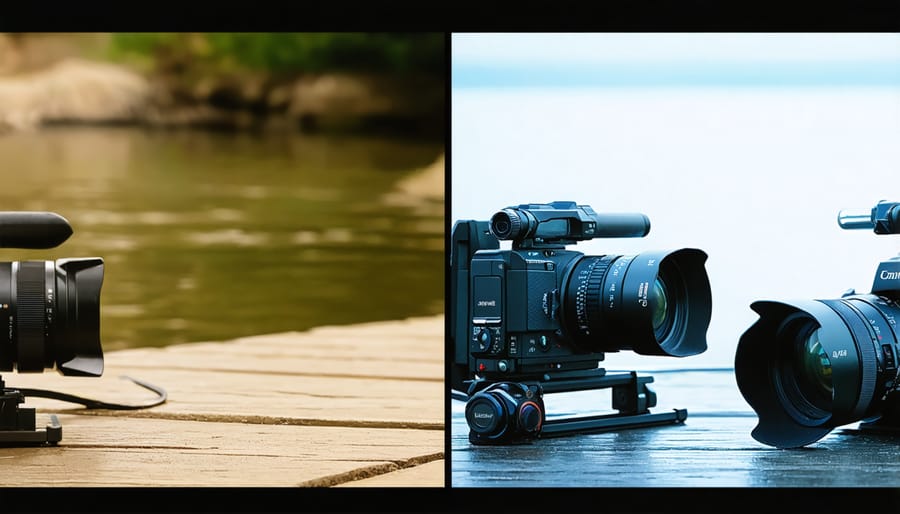
Emotional Impact
The vintage camcorder aesthetic taps into a deep well of collective nostalgia, evoking memories of family gatherings, childhood adventures, and significant life moments captured on magnetic tape. These imperfect recordings, with their characteristic scan lines, color bleeding, and timestamp overlays, trigger an emotional response that perfectly polished digital footage often fails to achieve.
Modern audiences, particularly those who grew up during the 80s and 90s, find comfort in these technical “flaws” because they represent authenticity in an increasingly filtered digital world. The slight shakiness, auto-focus hunting, and muted colors create a sense of intimacy and realness that resonates with viewers on a visceral level.
For younger generations who didn’t experience the VHS era firsthand, the aesthetic represents a romanticized version of the past, offering a window into a time when capturing moments felt more intentional and precious. The inherent limitations of vintage camcorders – from battery life to tape length – meant that people had to be selective about what they recorded, lending each frame additional emotional weight and significance.
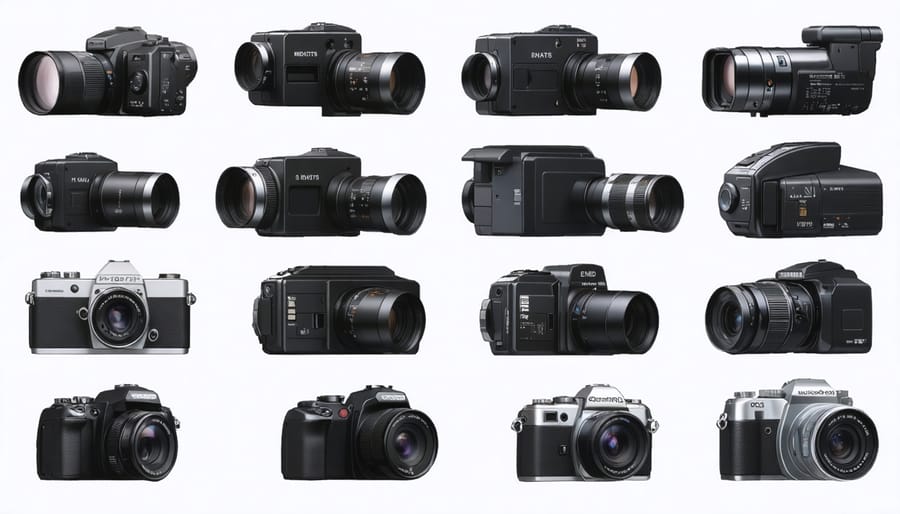
Popular Vintage Camcorders Worth Collecting
Classic VHS Camcorders
The golden age of VHS camcorders brought us several iconic models that defined the look we now associate with vintage video. Sony’s Handycam CCD-TR55, released in 1989, revolutionized home video with its compact design and became instantly recognizable for its distinctive gray housing and red accents. The camera’s 8mm format delivered that characteristically soft, slightly fuzzy footage that many creators now deliberately seek to emulate.
JVC’s contribution came through their GR-C1 series, famous for its appearance in “Back to the Future” and beloved by enthusiasts displaying vintage camera collections. This model’s chunky design and shoulder-mount format created that authentic documentary-style look that’s become increasingly popular in modern filmmaking.
Panasonic’s PV-series, particularly the PV-420, offered excellent low-light performance for its time, producing the warm, slightly oversaturated colors that have become synonymous with 80s and 90s home videos. These cameras often featured auto-focus systems that would hunt for focus, creating that characteristic pulsing effect that many artists now intentionally incorporate into their work.
Each manufacturer brought unique characteristics to their cameras, from Sony’s crisp whites to JVC’s warmer tones and Panasonic’s rich colors. Today, these differences help creators choose specific models to achieve particular vintage effects in their projects.
Hi8 and Digital8 Models
Hi8 and Digital8 formats represent a fascinating transition period in camcorder history, bridging the gap between purely analog and fully digital recording. Released in the late 1980s, Hi8 improved upon earlier 8mm technology with better resolution and color reproduction, making it a favorite among amateur filmmakers and home video enthusiasts. The format’s characteristic look combines the warmth of analog with increased clarity, producing footage that many find more aesthetically pleasing than early digital video.
Digital8, introduced by Sony in 1999, offered an ingenious hybrid solution: it used the same physical tape as Hi8 but recorded digital video. This format maintained compatibility with older Hi8 tapes while providing the convenience of digital recording. The resulting footage has a unique quality that blends digital precision with subtle analog characteristics, especially when playing back older Hi8 tapes.
These cameras are particularly valued today for their ability to capture footage with a distinctive late-90s aesthetic. Their auto-exposure systems, combined with the limitations of their CCD sensors, produce a look that’s become increasingly sought-after in modern creative projects. Many music video directors and independent filmmakers specifically seek out these cameras for their ability to create authentic period-correct footage or achieve a nostalgic feel that’s difficult to replicate with digital filters.
Using Vintage Camcorders in Modern Projects
Technical Considerations
Working with vintage camcorders requires careful attention to maintenance and proper handling to ensure their longevity. Maintaining vintage equipment involves regular cleaning of the tape heads, checking for belt deterioration, and ensuring proper lubrication of mechanical parts. Battery corrosion is a common issue, so always remove batteries during storage and consider investing in modern battery alternatives when possible.
Digitization is crucial for preserving your vintage footage. You’ll need a functioning camcorder, a capture device like a USB video capture card, and appropriate software for converting analog signals to digital formats. Many enthusiasts recommend capturing in the highest possible quality, even if you plan to degrade the footage later for aesthetic purposes.
To protect your vintage gear, store it in a cool, dry place and use silica gel packets to control moisture. Common issues include tracking problems, which can be adjusted using the tracking control, and deteriorating rubber components, which may need professional replacement.
When recording, be mindful of the auto-exposure limitations and white balance quirks characteristic of older cameras. These “limitations” often contribute to the desired aesthetic but can be challenging to work with. Keep spare tapes on hand, as finding new stock is becoming increasingly difficult, and consider professional servicing for any electrical issues rather than attempting DIY repairs.
Creative Applications
Today’s creators are finding innovative ways to incorporate vintage camcorder aesthetics into their work. Music video directors frequently use vintage camcorders to capture dreamy, nostalgic sequences, particularly in indie and alternative genres where the raw, authentic feel resonates with audiences. Documentary filmmakers mix vintage footage with modern shots to create compelling visual contrasts that enhance storytelling.
Social media content creators have embraced the vintage camcorder look for their TikTok and Instagram Reels, using these devices to capture behind-the-scenes moments or create narrative-driven content that stands out in feeds dominated by pristine digital footage. Wedding videographers are also tapping into this trend, offering “vintage packages” where portions of the day are captured on period-appropriate equipment, creating timeless keepsakes with authentic retro charm.
Fashion photographers are using vintage camcorders for lookbook videos and campaign shoots, appreciating how the dated technology softens modern clothing and creates an intentionally timeless aesthetic. Urban explorers and street photographers utilize these cameras to document city life, finding that the vintage look adds a layer of gritty authenticity to their work.
Some artists even combine vintage and modern techniques, capturing footage on old camcorders before digitizing and editing it with contemporary software, creating unique hybrid aesthetics that bridge different eras of visual technology.
Mixing Old and New
Blending vintage camcorder footage with modern digital content creates a unique aesthetic that’s both nostalgic and contemporary. The key lies in understanding how to seamlessly integrate these different formats while maintaining visual coherence.
Start by digitizing your vintage footage at the highest possible quality. Use a professional digitization service or invest in quality conversion equipment to preserve the authentic characteristics of the original footage. Once digitized, you can edit alongside your modern content in any standard editing software.
Color grading plays a crucial role in this fusion. Match the saturation and color temperature of your digital footage to the vintage material, or alternatively, apply period-appropriate color profiles to your modern footage. Many editors find success by slightly desaturating their digital content and adding a touch of warmth to mimic the natural aging of analog video.
Consider using transition effects that were common in the era of your vintage footage. Analog glitches, roll bars, or classic wipes can serve as natural bridges between old and new content. However, use these effects sparingly to avoid overwhelming your viewers.
Audio treatment is equally important. When mixing contemporary sound with vintage clips, consider adding subtle tape hiss or frequency adjustments to your modern audio to match the characteristics of the older recordings. This attention to sonic detail helps create a more cohesive viewing experience.
Digital Alternatives
Software Solutions
Several software solutions make it easy to achieve the vintage camcorder look without investing in physical hardware. Adobe Premiere Pro offers dedicated VHS and camcorder presets, while plugins like Red Giant VHS can add authentic noise, tracking errors, and color bleeding effects to your footage. For mobile creators, apps like VHS Cam and RarevisionVHS have become go-to choices, offering realistic vintage filters and real-time recording capabilities.
DaVinci Resolve users can take advantage of built-in noise generators and RGB separation tools to craft custom vintage looks, while Final Cut Pro editors often turn to FxFactory’s collection of retro effects. For a more automated approach, Filmora includes ready-to-use vintage camcorder packs that simulate different eras of video technology.
Free alternatives like VSDC Video Editor provide basic vintage effects, though they may lack the fine-tuning capabilities of premium options. For social media content creators, Instagram and TikTok both feature built-in filters that can approximate the vintage camcorder aesthetic, making it accessible to creators at any skill level.
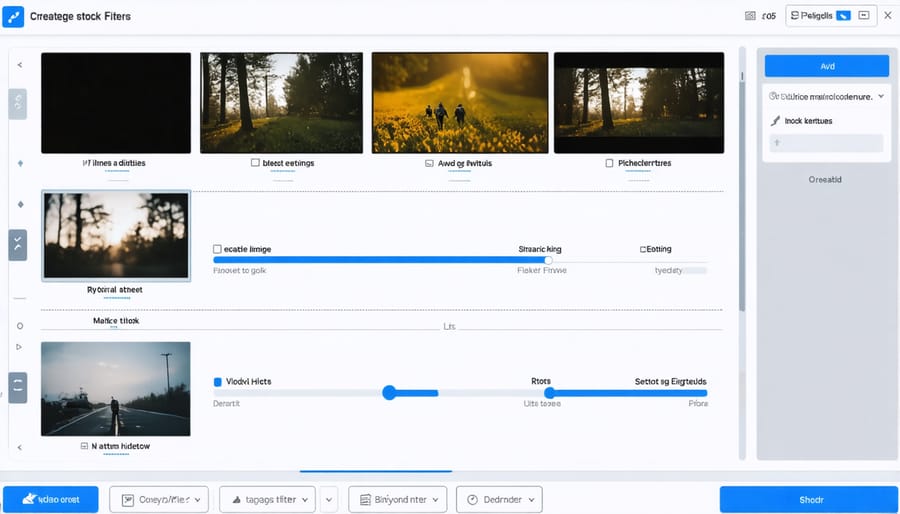
Post-Processing Techniques
To achieve an authentic vintage camcorder look in post-processing, start by adding subtle noise or grain to simulate the characteristic VHS texture. Adjust your color balance towards warmer tones, slightly reducing saturation to mimic aged footage. Create tracking lines by adding horizontal displacement effects, and don’t shy away from occasional glitches or distortion for authenticity.
Light leaks can be simulated by overlaying gradient effects in purple, blue, or orange hues at low opacity. For that classic time-stamp look, use a monospace font in bright green or white, positioning it in the bottom right corner. Consider adding chromatic aberration effects sparingly to replicate the imperfect lens characteristics of vintage cameras.
Frame your footage in 4:3 aspect ratio for period accuracy, and slightly soften the overall image to reduce digital sharpness. Adding subtle vignetting around the edges helps recreate the natural light fall-off of older lenses. For final touches, incorporate mild color bleeding and slight frame wobble to complete the authentic vintage camcorder aesthetic.
Remember that less is often more – the goal is to create a nostalgic feel without overwhelming your footage with effects.
The enduring appeal of vintage camcorder aesthetics speaks to something deeper than mere nostalgia. In an age of crystal-clear 4K footage and perfectly stabilized shots, the imperfect charm of VHS-style imagery continues to resonate with creators and audiences alike. This lasting influence reflects our collective appreciation for authenticity and the unique visual storytelling capabilities that analog imperfections provide.
Whether through genuine vintage hardware or modern digital filters, the camcorder aesthetic has evolved from a technical limitation into a deliberate artistic choice. Today’s creators skillfully blend these retro elements with contemporary techniques, proving that the style isn’t just about looking backward – it’s about creating something new and meaningful from our shared visual history.
The future of vintage camcorder aesthetics appears bright, with new tools and techniques constantly emerging to help photographers and videographers achieve this distinctive look. As digital technology advances, we’re seeing increasingly sophisticated ways to capture the genuine character of analog video while maintaining the convenience of modern workflows.
For both professional creators and hobbyists, the vintage camcorder look remains a powerful tool for emotional storytelling, adding depth and character to visual narratives. It reminds us that sometimes the most compelling images aren’t the most technically perfect, but rather those that capture a genuine moment with all its beautiful imperfections.
